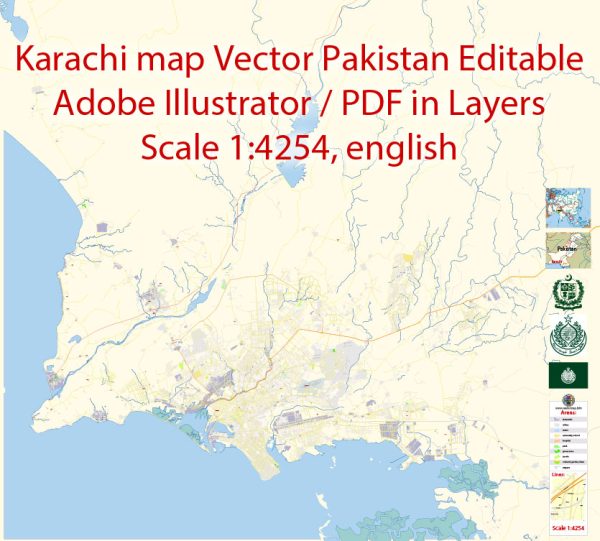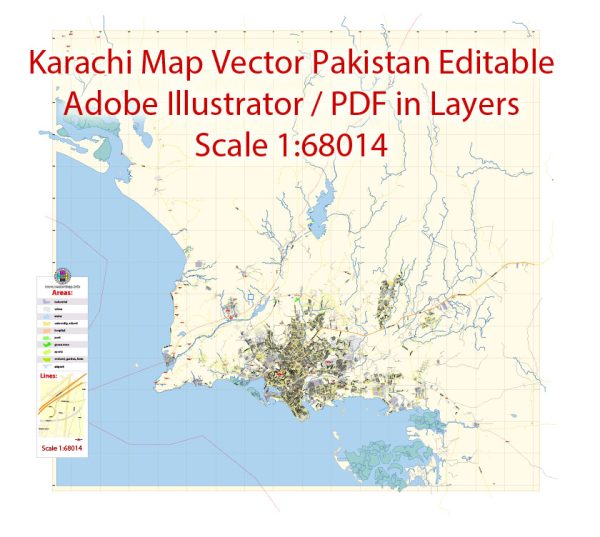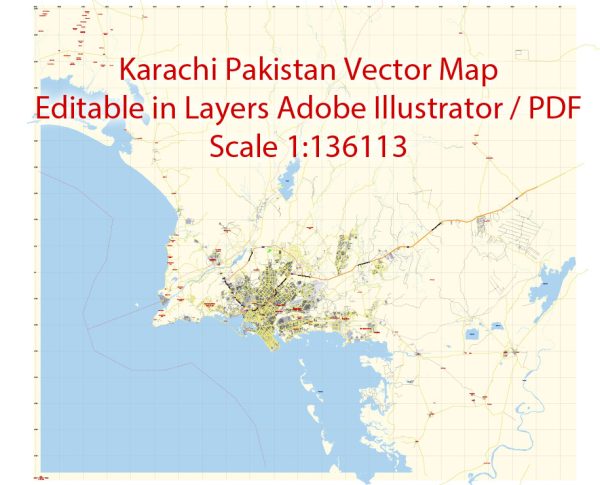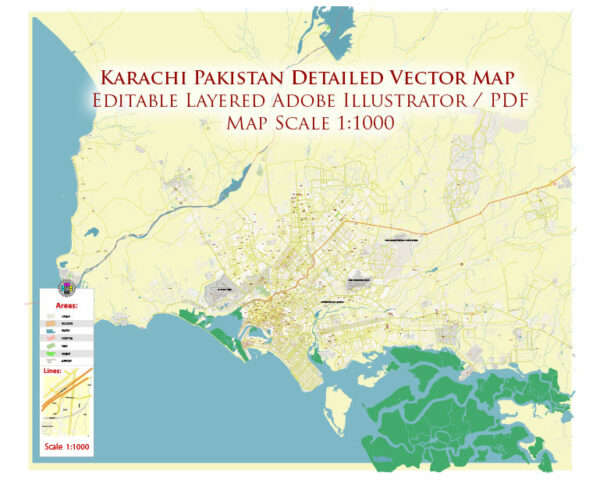Karachi is the largest city in Pakistan and has a rich and diverse history that spans thousands of years. Its history is marked by numerous cultural, political, and economic influences, and it has played a significant role in shaping the destiny of Pakistan. Here’s a brief description of Karachi’s history:
- Ancient and Medieval History:
- The area of Karachi has a history dating back to ancient times. It was known as Kolachi and was a small fishing village during the 17th century.
- Throughout history, the region was ruled by various empires and dynasties, including the Mauryan and Gupta empires, the Arabs, the Mughals, and the Talpur Mirs of Sindh.
- In the 18th century, the Kalhora and Talpur rulers controlled the region.
- British Colonial Era:
- The British East India Company took control of Karachi in 1843 when it was captured from the Talpurs. Karachi’s strategic location on the Arabian Sea led to its development as a major port and a hub for trade and commerce.
- The city continued to grow during British colonial rule and became a significant administrative and economic center.
- Partition of India:
- In 1947, when British India was partitioned, Karachi became the capital of the newly created state of Pakistan. It was the capital until 1963 when Islamabad was designated as the new capital.
- Economic Development:
- Karachi developed into a major economic and industrial center. It has a diverse and thriving economy, with industries ranging from textiles and manufacturing to finance and information technology.
- Multicultural City:
- Karachi is known for its cultural diversity, with a blend of different ethnic, religious, and linguistic groups. The city is home to people from various parts of Pakistan as well as migrants from different countries.
- Political Significance:
- Karachi has been a center of political activity and has seen its share of political turmoil over the years. Various political parties have had a significant presence in the city.
- Challenges:
- Karachi has faced numerous challenges, including issues related to infrastructure, law and order, and environmental concerns. Flooding, sanitation, and security have been ongoing challenges for the city.
- Cultural Heritage:
- Karachi boasts a rich cultural heritage, with a blend of Sindhi, Muhajir, Baloch, and Pashtun cultures. The city is known for its vibrant arts scene, diverse cuisine, and numerous festivals and events.
- Recent Developments:
- In recent years, there have been efforts to address the city’s challenges and promote its development. Infrastructure projects, improved security measures, and urban planning initiatives are ongoing.
Karachi’s history is a reflection of the broader history of Pakistan, with the city playing a pivotal role in the nation’s economic, political, and cultural life. It continues to evolve and grow as it faces the challenges of the modern world while retaining its historical and cultural significance.





 Author: Kirill Shrayber, Ph.D.
Author: Kirill Shrayber, Ph.D.